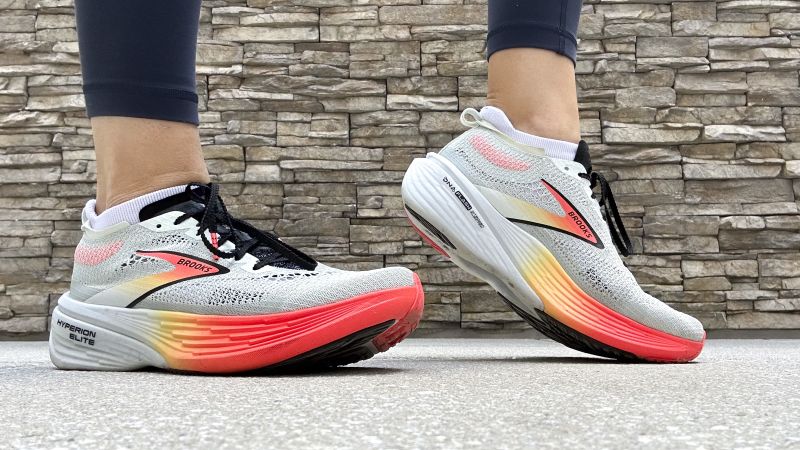When we think of reliable, comfortable, high-quality footwear, Brooks comes to mind. Beloved by athletes and podiatrists alike, the brand has been consistently pumping out tech-driven sneakers for five decades that suit a range of needs from walking to running and trail running to lounging — but they haven’t always dominated the space as we know it.
In 1914, Brooks got its feet wet in the industry by crafting bath and ballet shoes in a quaint factory in Philadelphia. Then, 1921 saw the brand taking a step in a different direction with the launch of its first baseball cleat durable enough for all-star teams and celebrity athletes (Mickey Mantle was a huge fan).
Roller skates, football cleats and softball cleats all became mainstays in the Brooks repertoire until the 1972 Munich Olympics. This is when Yale alumni Frank Shorter took home the Olympic gold medal in the marathon category, which put long-distance running on the map. Brooks’ designers knew then there was a market for running shoes that can catapult athletes to the next level. The launch of the Villanova and Vantage sneakers boasted an EVA midsole and removable sockliner good enough for President Jimmy Carter.
Countless sneaker models followed in its footsteps. Now, there’s no shortage of running gear for nearly every need, from the waterproof Cascadia 18 GTX for wet weather hikes to the spiked Hyperion Elite LD complete with a carbon fiber plate to drive you to the finish line at record speeds. As a personal trainer with a specialization in orthopedic exercise, I tested several of the brand’s most beloved pairs. And we were lucky enough to get marathon runner and Updates writer Ellen McAlpine to weigh in on her favorite Brooks kicks. Here’s what we recommend adding to your cart for the smoothest stride of your life.
Your mother was onto something when she had you pace around the shoe store before buying your first pair of runners. When it comes to choosing the best running shoes, according to experts, if the shoe fits, wear it. You shouldn’t feel any pain or rubbing in your Brooks shoes, and your toes should have plenty of room to move. Life is too short for a long break-in period. Upon the first or second wear, the Brooks shoe should feel tailored to your unique foot shape.
Next, you want to look at cushioning to help absorb impact during the likes of jogging, running and sprinting. Brooks conveniently displays the midsole drop under the Specs heading on each product listing, which can shed light into the amount of shock-absorbing foam each shoe offers. Additionally, most Brooks shoes feature a chart showcasing how much cushion you’ll experience with each shoe.
If you’ve consulted with a podiatrist or had a running shoe specialist analyze your gait for movement pattern irregularities like overpronation, you might want to opt for a Brooks shoe with more support that can help align the foot and ankle, usually indicated with the acronym GTS (or Go-To-Support) in the product title. Again, you’ll find support levels conveniently displayed under the Specs section of most Brooks shoes.
To take the guesswork out of shopping for the perfect Brooks running shoe, take the (incredibly fun) shoe finder quiz. Here, you’ll indicate factors like weekly mileage, past injuries and training goals to allow the algorithm to work its magic and pair you with the perfect, well, pair.
I’ve never experienced anything quite like the Ghost Max 2, which boasts the highest level of nitrogen-infused cushioning the brand offers. Upon first glance, its imposingly thick outsole might turn runners off out of fear of carrying extra weight. Instead, it’s an incredibly lightweight shoe at just 275 grams that offers a feather-like toe-off and midfoot strike with strong traction for support in your stride.
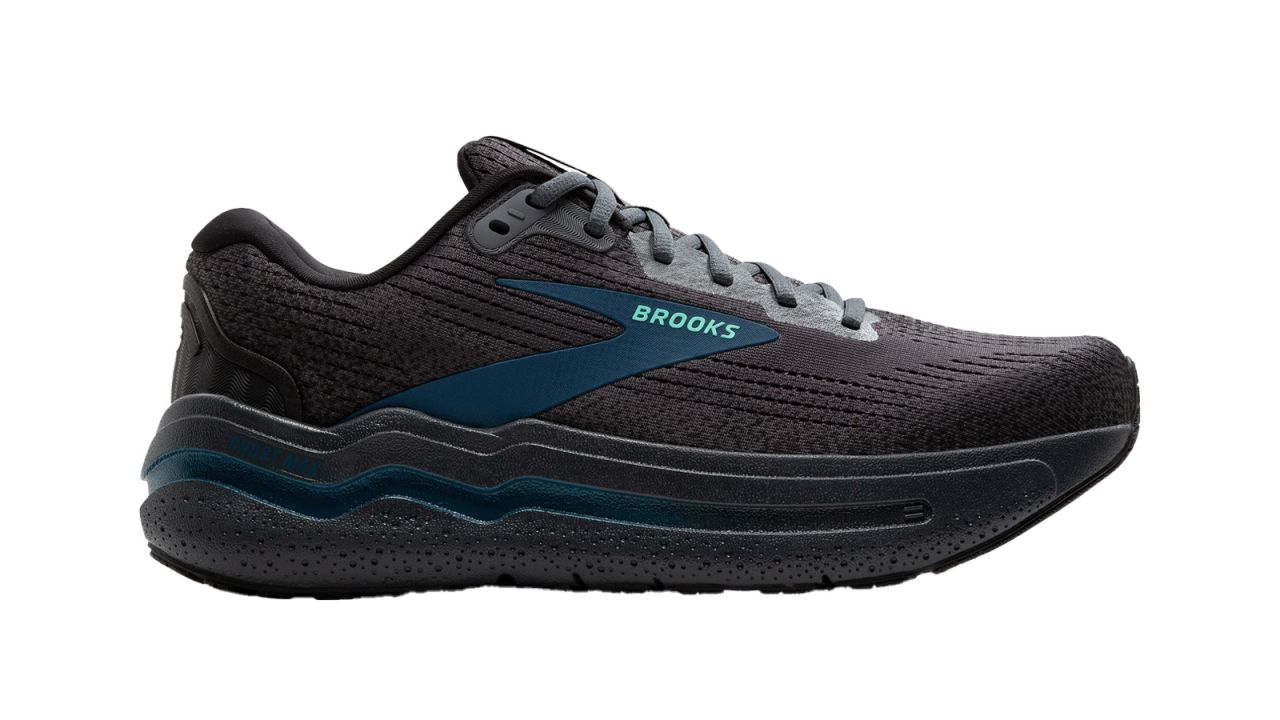
Surprisingly, I wouldn’t recommend these shoes for strength or resistance training — its thick cushion might compromise your balance and its grippy sole might hinder pivoting movements in the transitional plane such as woodchops. But this is small potatoes when you consider just how comfortable and efficient of a run it’ll take you on. I was shocked at just how effortless a 5-mile run felt in them thanks to its rocker shape for an easy toe-off.
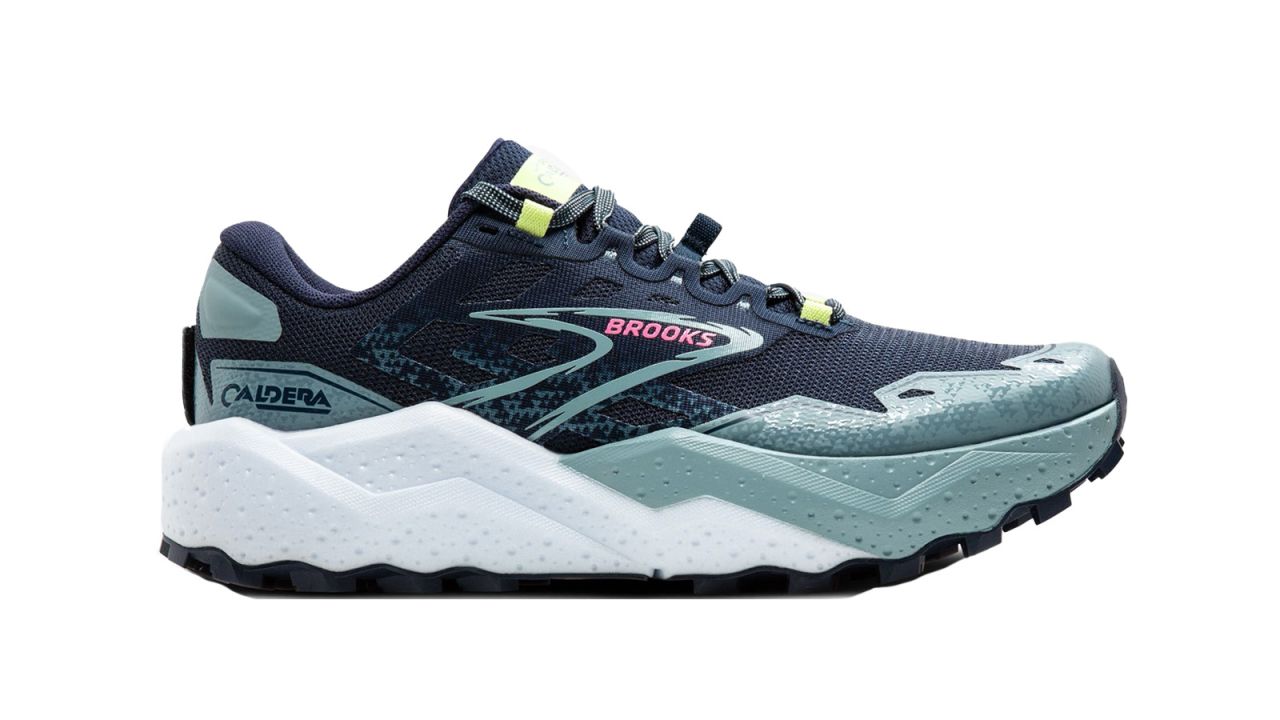
There’s so much to love about these trail running shoes with streetstyle appeal. Not only is their traction unmatched, but they provide excellent cushion and loads of specs for their relatively light weight. Hiking up steep and slick terrain while wearing my infant daughter in a carrier required a certain level of traction for me to feel secure, and I felt stable in both my stance and stride on both uneven, steep ground lined with rocks and roots as well as flat land.
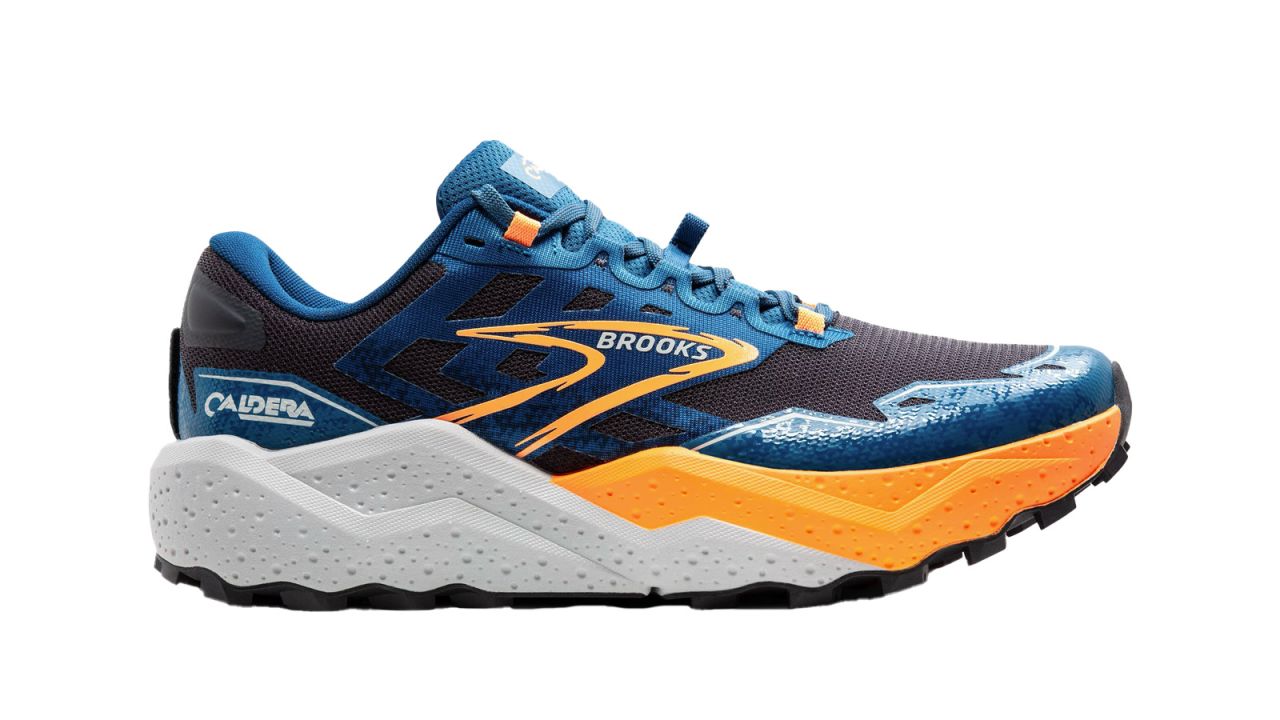
After 30,000 steps in the Caldera 7s in a single day, my feet felt barely unscathed, ready to face another day in the Caldera 7s. I find it so fascinating how these runners boast a widened base and split outsole evocative of a mountain goat’s hoof in order for each quadrant of the foot to work independently from one another. Bonus: I used the runner’s loop below the tongue to keep my laces in place, which prevented them from hitting the upper in a distracting way as I picked up the pace.
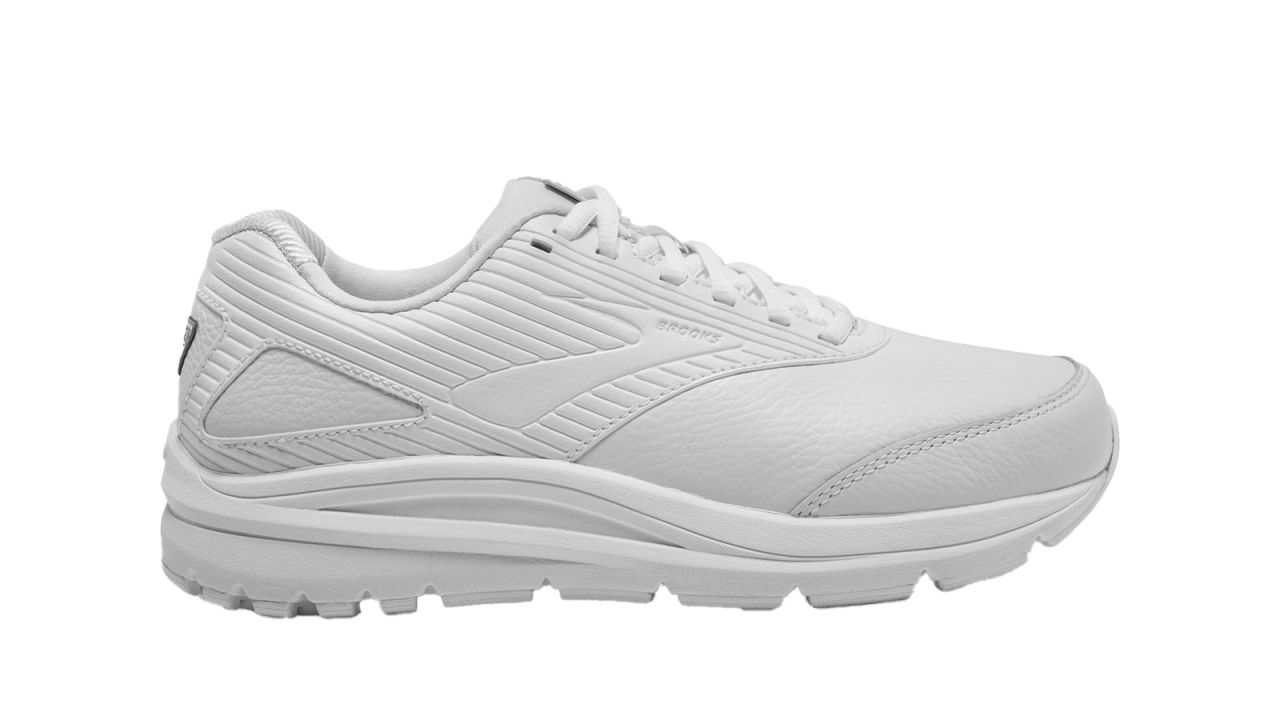
Be careful what you wish for: The Addiction Walker 2s might just get you addicted to being on your feet — at least they did for me. Not your grandma’s average walking shoe (or, maybe they are!) these no-nonsense walking shoes are a complete dream to wear on walks that extend well beyond the two-hour mark. They strike the perfect balance between rigid and cushiony, allowing you to recruit every muscle in your foot to prevent atrophy.
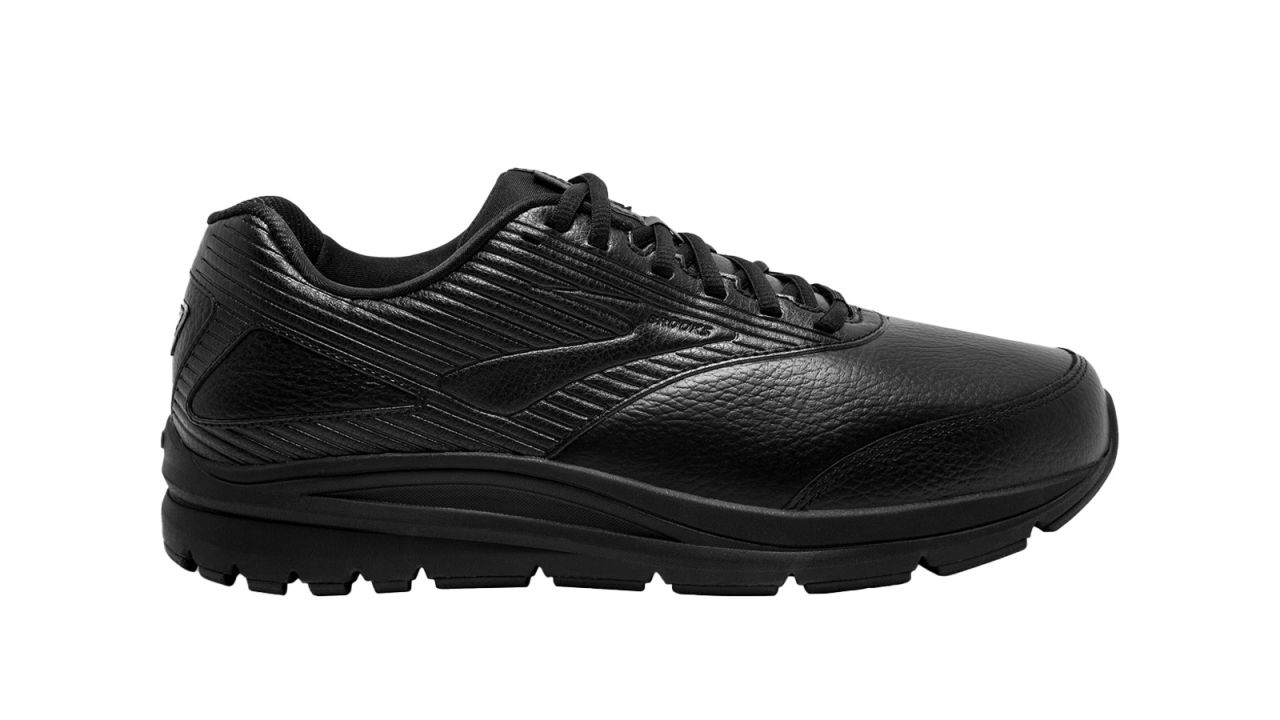
The Addiction Walker 2s hit just higher on the ankle than I’m used to, which helps contribute to proprioception (a mind-body connection) that can help stabilize the area in an effort to limit overpronation or inward rolling of the foot. If you suffer from joint instability, you’ll be pleased to know the Addition Walker 2 offers the highest amount of support, making them ideal for folks rehabbing an injury or experiencing mobility issues.
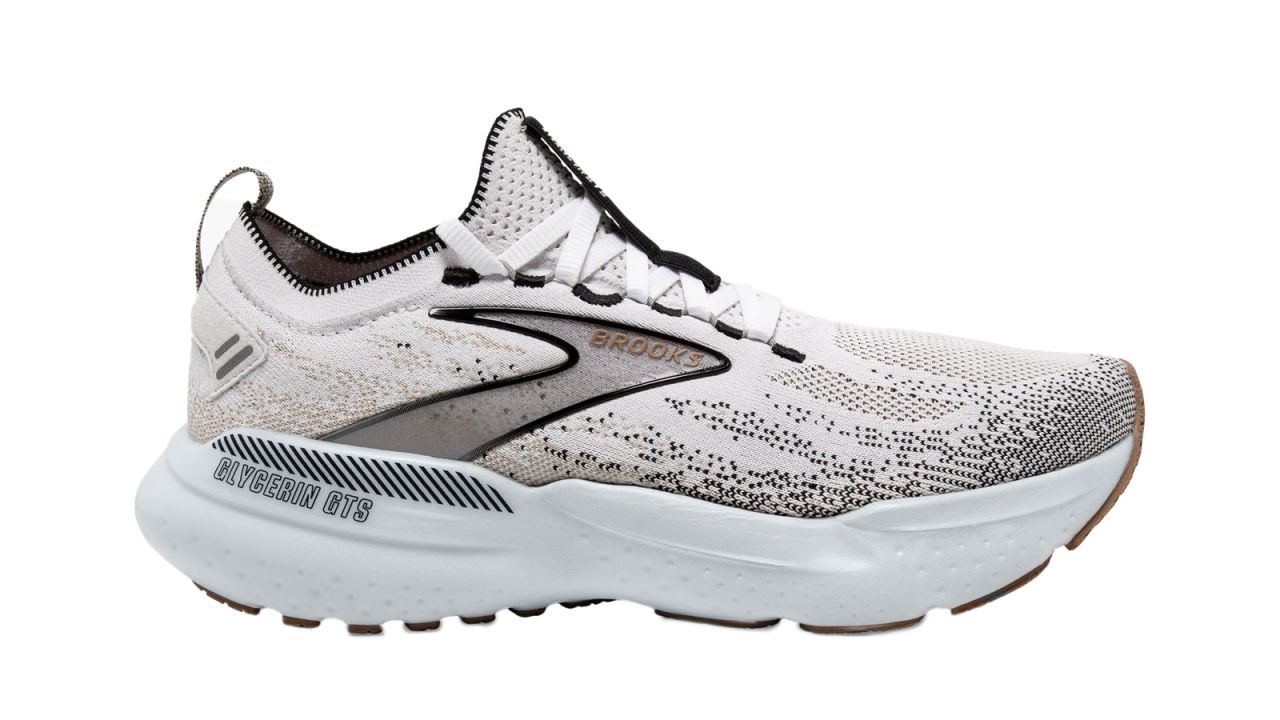
The Glycerin Stealthfit GTS 21s make running flat-out enjoyable, whether I’m running on flat terrain or jogging up a hill. Thanks to a sock-like flat-knit upper, the fit is shockingly on point, conforming to the foot with no break-in period required. I often experience chafing at the tongue, especially when it folds inwards or presses onto my high instep, so the tongueless design is a serious bonus.
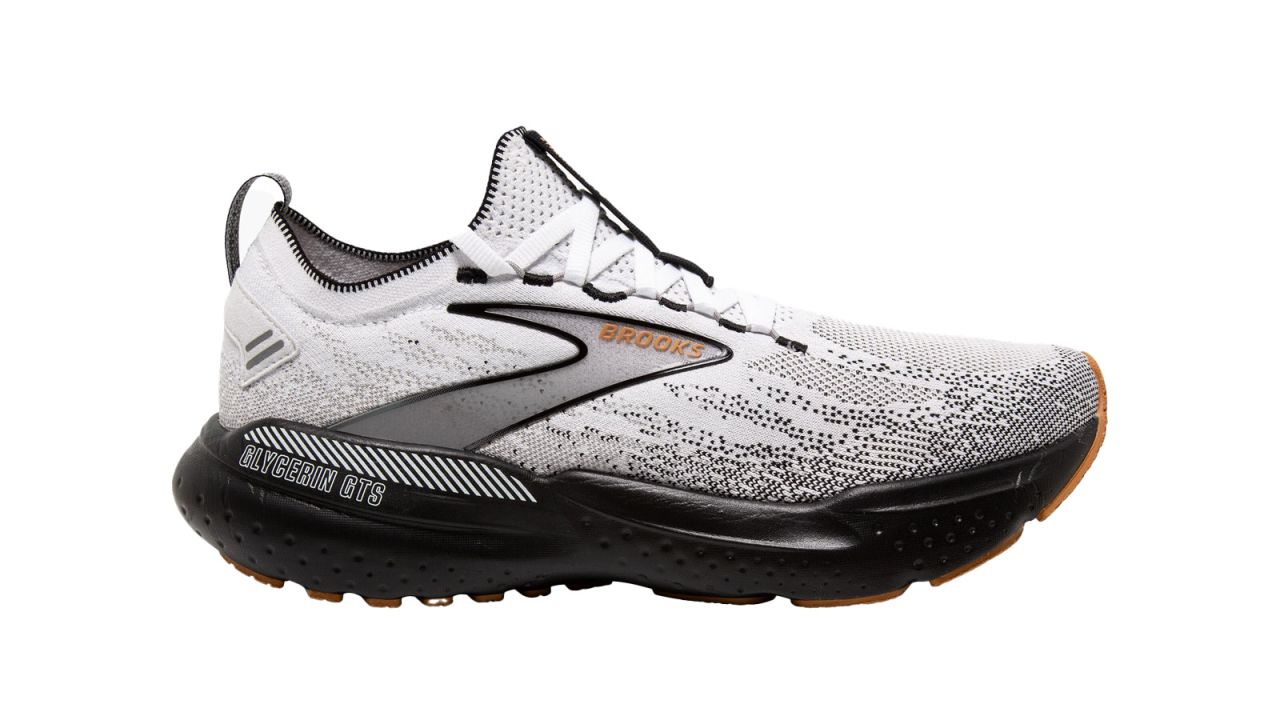
This shoe’s generous 10-millimeter midsole drop (about 2 millimeters more than its predecessor) helped alleviate discomfort of my Achilles tendon, which has been acting up with age. I genuinely look forward to running in them in ways I haven’t felt in a long time.
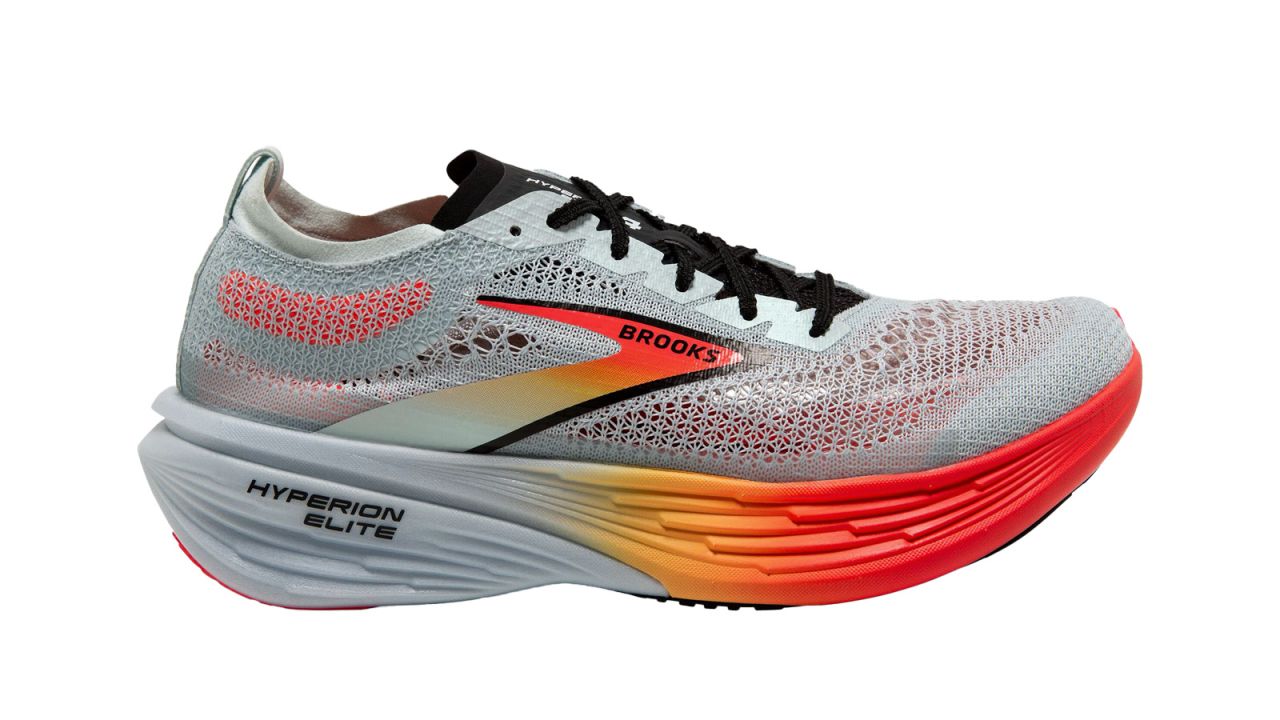
I laced up the Hyperion Elite 4s for both my half marathons this spring, and fully intend on lacing them up again for my upcoming marathon. The carbon-plated shoes are springy, lightweight and incredibly breathable. My recurring race nightmare is that my shoelace comes untied and I trip, but the laces on this pair have rubber grips all over them, ensuring they stay in place. The shoes feel supportive, though I noticed my feet hurt a bit more after my hillier half marathon than they did from a flatter race. The mesh upper lets airflow through to your feet which helps keep you cool, and the 8-millimeter midsole drop keeps transitions quick, which helped me move faster. Carbon-plated kicks can get expensive, but the Hyperion Elite 4s are well worth the spend.
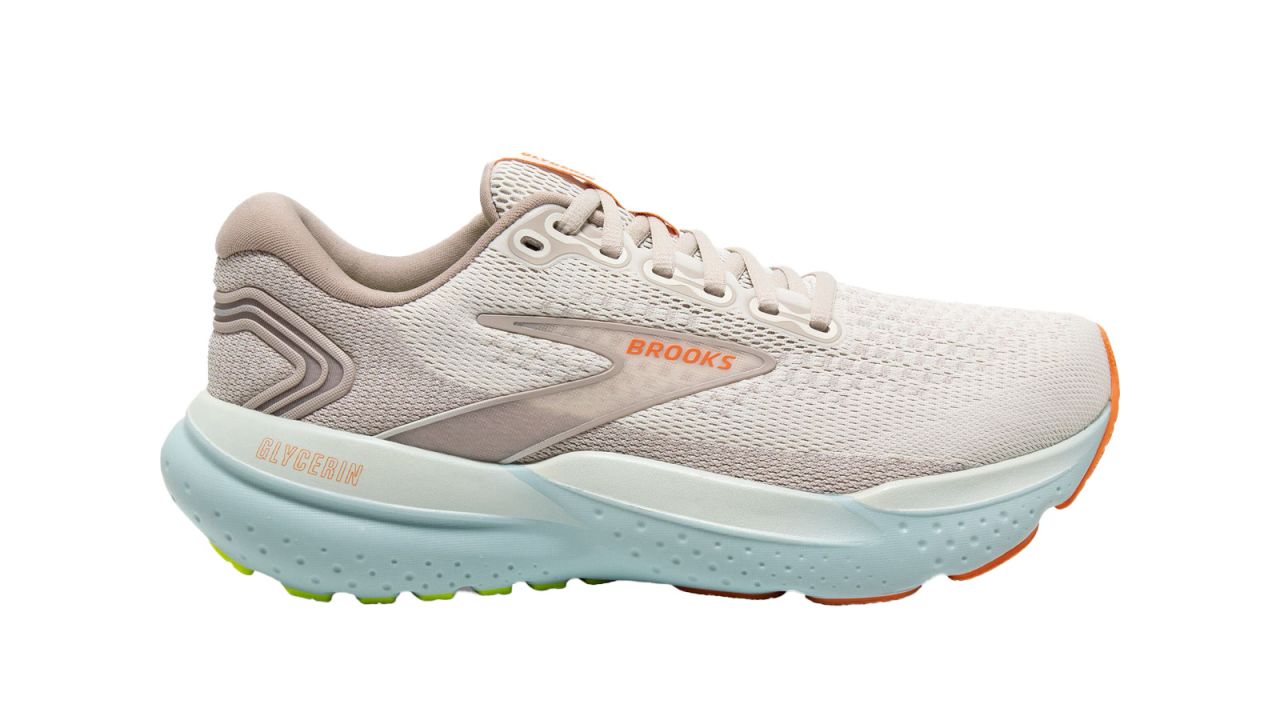
The Glycerin 21s are the workhorse shoes I constantly reach for in my rotation because the generous 10-millimeter midsole drop feels supportive through every step. I’ve run close to 200 miles in these and they still feel well-cushioned and supportive. I slip these on for anything from a three-mile dash to a 15-mile run during race training — even for days I’m on the treadmill.
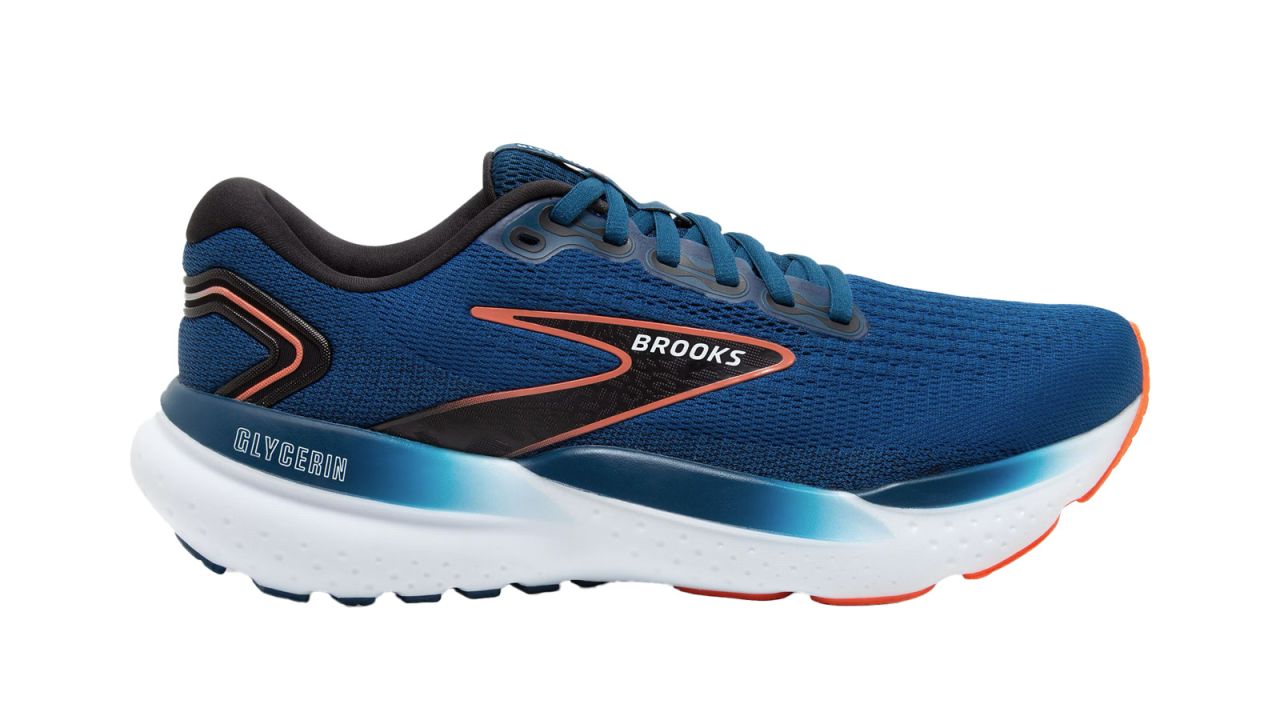
These men’s running shoes are breathable and also easy to wash, which is a plus since the light brown color gets dirty pretty quickly. At times these shoes do feel slightly bulky due to the thick outsole, but it’s not a deterrent for me. Once I’ve run my current pair to the ground, I plan on grabbing another, this time in a brighter color.
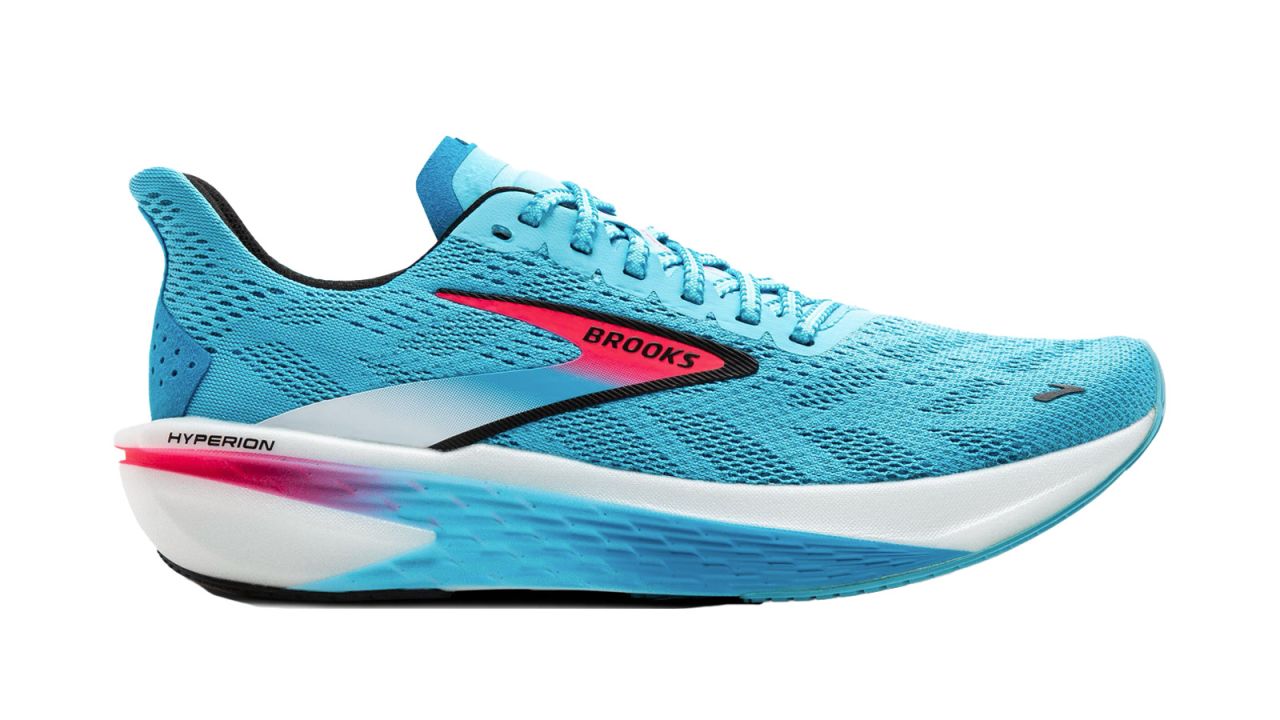
The Hyperion 2s weigh in at just 6.3 ounces and are great for speed training. The design is streamlined yet maintains a quick response to help me push my pace. I like these for shorter tempo runs or sprint training, or even for shorter races, like a 5K where I don’t want to wear my carbon plates.
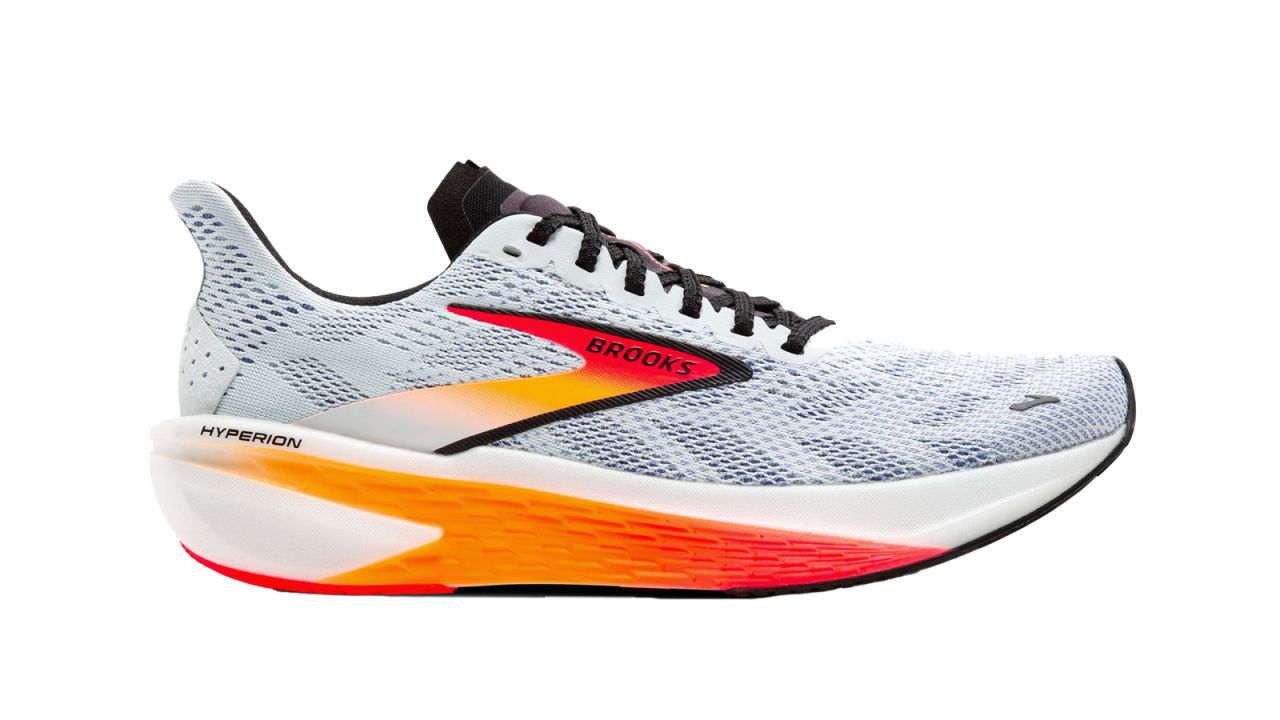
The material on this shoe is a balance between the Glycerin 21s and the Hyperion Elite 4s, making it thin and cooling, though it feels closer to a regular running shoe versus a racing shoe. I wouldn’t recommend these for walking or long runs, but if you’re training for a race and want to switch things up, these are a great pair to try out.
Which Brooks shoe has the most cushion?
The Glycerin Stealthfit 21 sneakers offer two more millimeters of nitrogen-infused cushioning than the cult-favorite Glycerin 20s, which can contribute to a bouncier feel on the road or track. They’re about half an ounce lighter than the Glycerin 21s, which gives you the best of both worlds: a plush feel that won’t weigh you down at a lightning-speed pace.
Which is better, Brooks Adrenaline or Glycerin?
Whether you opt for sneakers from the Brooks Adrenaline or Glycerin line, you’re guaranteed an enjoyable experience. While one is not “better” than the other, their differences are worth considering before making the investment.
The Glycerins are noticeably plusher, offering higher levels of cushioning and are generally designed for a neutral gait. The Adrenalines offer a firmer feel, are best suited for those with overpronation and come in more width size options from narrow to extra wide. While the Adrenalines sure have loads of perks going for them, the Glycerins seem to dominate the discourse among the running community.
What does GTS mean for Brooks?
Brooks GTS shoes offer the brand’s signature “Go-To-Support” designed with its GuideRails technology to help align the knee and ankle, which can optimize your gait pattern and assist in warding off injuries.

